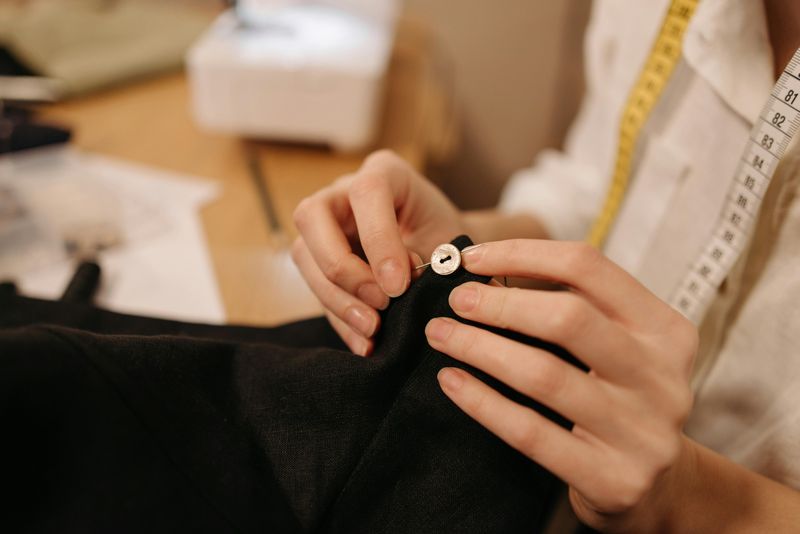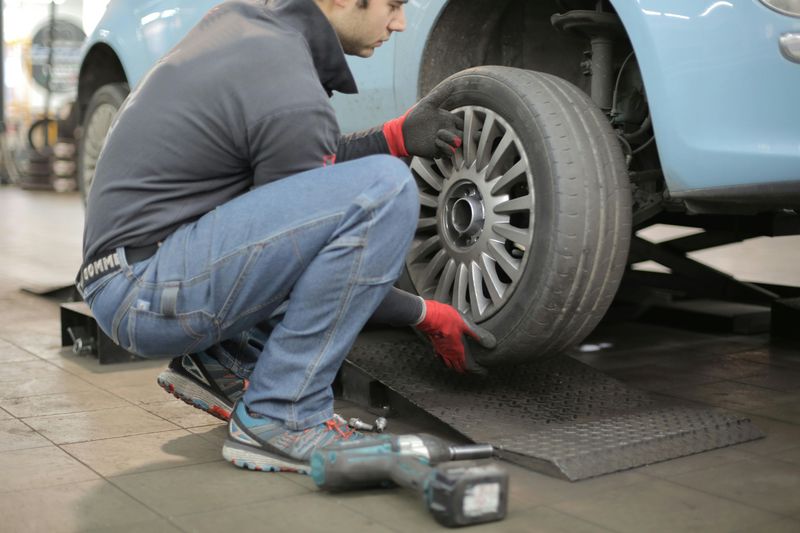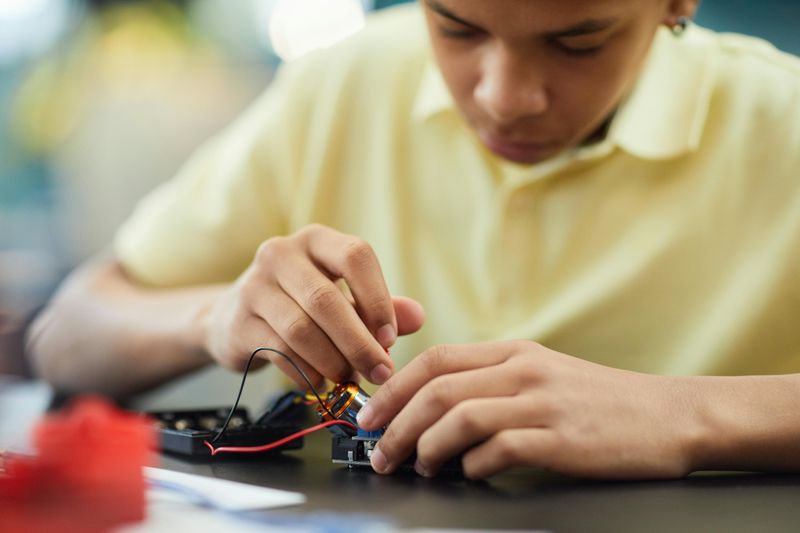12 Skills Teens Had in the ’70s That Today’s Kids Will Never Understand

Back in the 1970s, teenagers lived in a world without smartphones, GPS, or instant Google searches. They learned practical skills out of necessity—skills that helped them navigate daily life, solve problems, and communicate with others.
Many of these abilities have faded away as technology has taken over, leaving today’s generation without a clue about how their parents and grandparents managed to survive—and thrive
1. Reading a Paper Map (and Actually Navigating With It)

Folding and unfolding those massive paper maps was an art form all its own. Teens in the ’70s could glance at a map, trace routes with their fingers, and figure out exactly where they needed to go without a single voice telling them to “turn left in 500 feet.” They understood compass directions, highway numbers, and how to estimate travel time based on distance.
Getting lost wasn’t as common as you might think. Most teens developed a strong sense of direction because they had to pay attention to landmarks, street signs, and their surroundings. Maps taught spatial awareness and problem-solving in ways that GPS never could.
Today’s generation relies entirely on their phones, often with no idea which direction they’re actually heading. The ability to navigate with just a paper map and some common sense is nearly extinct, replaced by robotic voices and digital screens that do all the thinking.
2. Making Phone Calls on a Rotary Phone

Patience was required every single time you made a call. Each number had to be dialed individually by sticking your finger in the hole and rotating the dial all the way around until it stopped. If you messed up even one digit, you had to hang up and start completely over from the beginning.
Teenagers memorized dozens of phone numbers because there was no contact list to scroll through. They knew their best friend’s number, their crush’s number, and every important family member’s number by heart. Busy signals were common, so they’d wait a few minutes and try again.
There was something personal about the effort it took to call someone. You really had to want to talk to them to go through the whole process. Today’s kids will never understand the commitment it took just to have a simple phone conversation back then.
3. Sewing and Mending Their Own Clothes

Throwing away clothes just because of a rip or missing button wasn’t an option for most families. Teens learned basic sewing skills from parents or home economics classes, and they put those skills to regular use. Patching holes in jeans, fixing torn pockets, and replacing buttons were all considered normal tasks that didn’t require a trip to the store.
Many teens even got creative with their repairs. Embroidered patches, colorful stitching, and unique fixes became part of their personal style. Clothes lasted longer because people actually took care of them and knew how to fix minor damage instead of tossing everything out.
Today’s fast fashion culture has completely eliminated the need for these skills. Most kids wouldn’t even know where to start with a needle and thread, and they’d probably just buy something new instead of spending five minutes on a simple repair.
4. Balancing a Checkbook

Even teenagers with part-time jobs learned the importance of tracking every dollar. They kept a check register—a little booklet that came with their checkbook—and wrote down every purchase, deposit, and withdrawal. Then they’d manually subtract or add to keep a running balance, making sure they never spent more than they had.
This skill taught real financial responsibility. Teens understood exactly where their money went because they had to write it down and do the math themselves. There were no apps to notify them of low balances or automatic alerts when they overspent.
Mistakes meant bounced checks and fees, so accuracy mattered. Learning to balance a checkbook prepared teens for adult life in ways that digital banking just doesn’t. Today’s kids might check their balance on an app, but they rarely track their spending with the same level of attention and discipline.
5. Driving Stick Shift

Automatic transmissions were less common back then, so most teens learned to drive on a manual. Mastering the clutch, knowing when to shift gears, and coordinating your feet and hands all at once was challenging at first. But once they got it, driving stick became second nature, and they could handle any vehicle that came their way.
Learning stick shift was almost a rite of passage. Parents taught their kids in empty parking lots, and there were plenty of stalls and jerky starts before everything clicked. The skill gave teens confidence and made them more versatile drivers who weren’t limited to just automatic cars.
Nowadays, most cars are automatic, and very few young people even know how to drive a manual transmission. The coordination and focus required to shift gears smoothly is a lost art that today’s generation will likely never need—or appreciate.
6. Writing Letters by Hand

Staying in touch with distant friends or pen pals meant sitting down with paper, a pen, and your thoughts. Teens spent time crafting letters, sharing stories, asking questions, and expressing feelings in ways that required real effort and care. Each letter took time to write, fold, address, stamp, and mail—and then they’d wait days or even weeks for a reply.
Handwriting revealed personality. Some had neat, careful script, while others scribbled quickly with creative doodles in the margins. There was something deeply personal about receiving a letter someone had physically written just for you, and teens treasured those exchanges.
Texting and instant messaging have replaced all of that. Today’s kids can send a message in seconds without a second thought, but they’ll never experience the anticipation of waiting for a letter or the joy of opening an envelope addressed in familiar handwriting.
7. Cooking Basic Meals From Scratch

Microwaves were still new, and takeout wasn’t an everyday option, so teens learned to cook real food. Simple meals like macaroni and cheese, spaghetti, stews, and casseroles were staples that didn’t require fancy ingredients or complicated techniques. They knew how to boil, fry, bake, and season without needing a recipe video or step-by-step app.
Cooking was a practical life skill passed down through family. Teens helped in the kitchen regularly, learning by watching and doing. They understood measurements, timing, and how to adjust flavors, which made them more independent and self-sufficient.
Today’s generation often relies on pre-packaged meals, delivery apps, or viral TikTok recipes. While some kids do cook, many lack the foundational skills that ’70s teens had simply because they grew up cooking out of necessity rather than novelty or entertainment.
8. Using a Library Card Catalog

Finding a book meant flipping through tiny drawers filled with handwritten or typed index cards. Each card listed the title, author, and a Dewey Decimal number that told you exactly where the book was shelved. Teens became experts at navigating the system, moving quickly from catalog to shelf without any digital assistance.
Research projects required real detective work. You couldn’t just type keywords into a search bar and get instant results. Instead, you had to think critically about which subjects to look under, cross-reference different topics, and physically hunt down the materials you needed.
Libraries felt like treasure hunts. There was satisfaction in finding exactly what you were looking for after a bit of effort. Today’s kids have everything at their fingertips with online catalogs and search engines, but they’ll never know the thrill of mastering the card catalog system.
9. Fixing Basic Car Problems

Cars were simpler back then, and teens were expected to know the basics. Changing a flat tire, checking the oil, topping off fluids, and jump-starting a dead battery were all considered essential knowledge. Parents taught their kids these skills because breaking down on the side of the road was common, and you couldn’t just call for roadside assistance with a smartphone.
Knowing how your car worked gave teens confidence and independence. They didn’t panic when something went wrong because they had the tools and know-how to handle minor issues themselves. It also saved money, since small fixes didn’t require a trip to the mechanic.
Modern cars are far more computerized and complex, so today’s kids rarely learn these hands-on skills. Many wouldn’t even know how to pop the hood, let alone diagnose or fix a problem, relying entirely on professionals for even the simplest tasks.
10. Memorizing Important Information

Without smartphones to store everything, teens had to commit important details to memory. Phone numbers, addresses, birthdays, schedules, and even directions were all kept in their heads. They developed strong recall abilities simply because there was no other option—you either remembered it, or you were out of luck.
Memory was like a muscle that got stronger with use. Teens practiced remembering things daily, which improved their overall cognitive function and attention to detail. They could rattle off a dozen phone numbers without hesitation and never needed to look up their own address or zip code.
Today’s kids rely on their devices for everything. If they lose their phone, they often can’t remember basic information like their best friend’s number or their own schedule. The skill of memorization has been largely replaced by digital storage, and mental recall just isn’t as sharp as it used to be.
11. Handling Face-to-Face Conflict

When problems came up, teens had to deal with them in person. There was no hiding behind a screen, no typing out carefully edited responses, and no ghosting someone to avoid an awkward conversation. If you had an issue with a friend or classmate, you talked it out face-to-face, which required courage, honesty, and communication skills.
These direct interactions taught conflict resolution in real time. Teens learned to read body language, manage their emotions, and find common ground even when things got uncomfortable. They developed empathy and social skills that could only come from genuine human connection and real-time feedback.
Today’s generation often handles conflict through texts, DMs, or simply avoiding the person altogether. While technology makes communication easier in some ways, it’s also made it easier to dodge difficult conversations. The ability to navigate conflict face-to-face is becoming a rare and undervalued skill.
12. Repairing Household Items Instead of Replacing Them

When something broke, the first instinct wasn’t to throw it away and buy a new one. Teens learned basic troubleshooting and repair skills for household items like radios, lamps, toasters, and small appliances. They’d grab a screwdriver, open things up, and try to figure out what went wrong before giving up and replacing it.
This mindset saved money and taught problem-solving. Teens developed patience and persistence as they worked through repairs, and they felt a sense of accomplishment when they got something working again. Families valued items and took care of them, which meant less waste and more respect for what they owned.
Today’s culture is all about convenience and disposability. Most modern devices aren’t even designed to be repaired, and kids grow up thinking everything is replaceable. The hands-on skills and resourcefulness that ’70s teens had are almost completely gone, replaced by a throwaway mentality that’s both expensive and wasteful.

Comments
Loading…